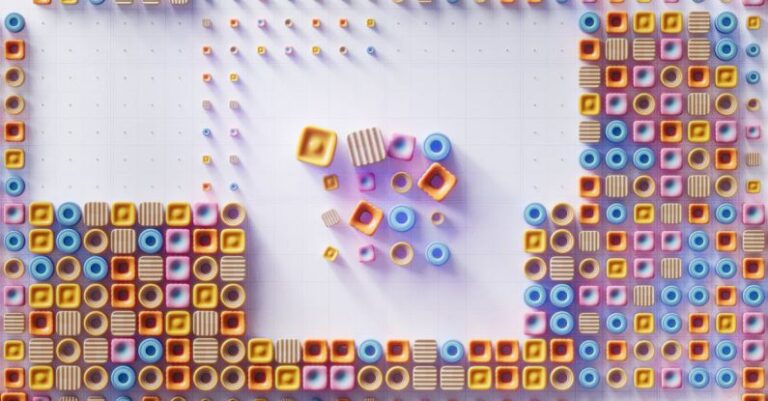
The field of robotics has experienced significant advancements in recent years, with material science playing a crucial role in shaping the capabilities and functionalities of robotic systems. As researchers continue to push the boundaries of what is possible in robotics, the development of new materials and the improvement of existing ones have opened up exciting opportunities for innovation and progress in the field. From enhancing the performance and durability of robotic components to enabling new functionalities and applications, the impact of material science on robotics is profound and far-reaching.
Enhanced Durability and Performance
One of the key ways in which material science advances have influenced robotics is through the development of materials that offer enhanced durability and performance. In the past, robotic systems were often limited by the materials available for their construction, which could be prone to wear and tear over time. However, with the advent of new materials that are stronger, lighter, and more resistant to environmental factors, robots can now operate in a wider range of conditions and perform more demanding tasks with greater efficiency.
For example, the use of advanced composite materials in the construction of robotic exoskeletons has enabled these devices to provide greater support and assistance to individuals with mobility impairments. These materials are not only lightweight and flexible but also incredibly strong, allowing for the design of exoskeletons that are both comfortable to wear and capable of exerting the necessary forces to assist with movement.
Improved Sensing and Feedback Mechanisms
Another area where material science advancements have had a significant impact on robotics is in the development of sensors and feedback mechanisms that enable robots to interact with their environment more effectively. By integrating smart materials that can sense and respond to external stimuli, robotic systems can adapt to changing conditions in real-time and make more informed decisions about their actions.
For instance, the use of shape-memory alloys in the design of robotic grippers has revolutionized the field of robotic manipulation. These materials have the ability to change shape in response to temperature changes, allowing robotic grippers to adjust their grasp on objects of varying shapes and sizes automatically. This capability not only improves the efficiency and accuracy of robotic manipulation tasks but also opens up new possibilities for applications in industries such as manufacturing and healthcare.
Expanded Range of Applications
The advancements in material science have also expanded the range of applications for robotic systems, making them more versatile and adaptable to different tasks and environments. By developing materials that are tailored to specific requirements, researchers have been able to create robots that can operate in extreme conditions, such as high temperatures, corrosive environments, or even outer space.
For example, the use of self-healing materials in the construction of robotic components has enabled robots to continue functioning even after sustaining damage. These materials have the ability to repair themselves automatically when subjected to mechanical stress or other forms of damage, prolonging the operational lifespan of robotic systems and reducing the need for costly maintenance and repairs.
The Future of Robotics and Material Science
As material science continues to advance, the future of robotics holds exciting possibilities for further innovation and progress. By pushing the boundaries of what is possible with new materials and technologies, researchers are poised to unlock new capabilities and functionalities in robotic systems that were once thought to be unattainable.
From robots that can self-assemble and repair to those that can adapt to changing environments and tasks autonomously, the integration of material science advancements into robotics is paving the way for a new era of intelligent and responsive machines. By harnessing the power of advanced materials, researchers are transforming the landscape of robotics and opening up new avenues for exploration and discovery in this dynamic and rapidly evolving field.





